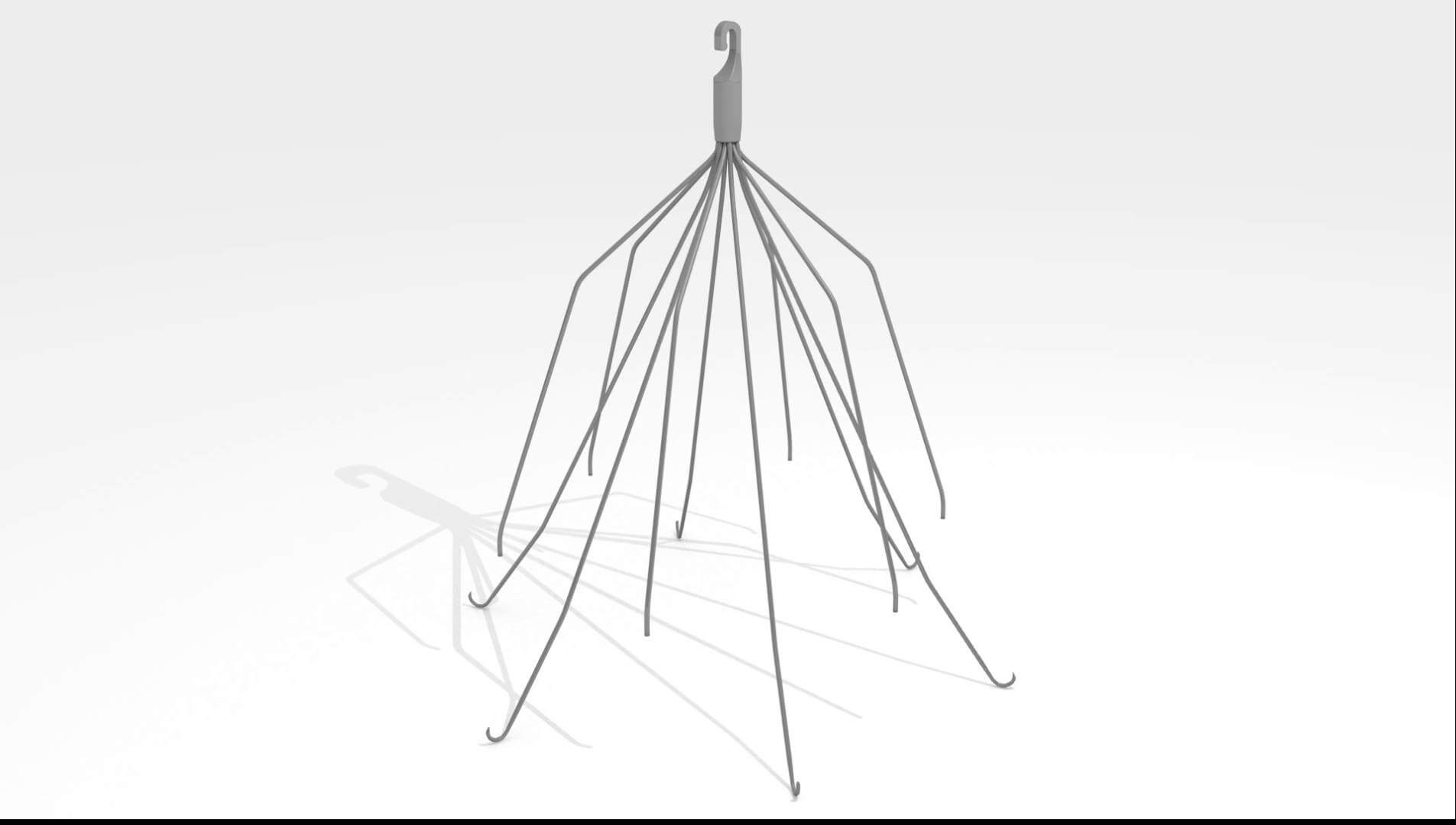When the first IVC filter lawsuit against Cook Medical was filed in 2012, few people expected the litigation to grow to the size it is today. Cook finally surpassed fellow IVC manufacturer C.R. Bard in the number of IVC filter lawsuits against them, which is particularly astonishing because some of Bard’s filters were subject to a recall back in 2005 for high rates of fracture.
By the summer of 2015, Cook was only facing around 100 lawsuits alleging the company failed to warn patients and doctors of the failure risks associated with its IVC filters. However, in just over a year, the company saw an astonishing increase in the number of lawsuits. In June 2016, the company faced just over 400 lawsuits; today, the company is currently facing 933 lawsuits in a multidistrict litigation (compared to the 886 lawsuits filed against Bard).
If you’re wondering what happened to cause such a rapid increase in filings, the answer lies within Cook’s filters. While all IVC filter are now known to have higher rates of failure than previously thought, studies have shown Cook’s filters might be some of the worst IVC filters available. A study published in the Journal Of Vascular Interventional Radiology found 43% of patients with Cook IVC filters had the device completely perforate the walls of the inferior vena cava, making removal too risky.
Patients with defective IVC filters can suffer from a variety of long-term complications and risks. The devices can become clogged, which limits blood flow and puts patients at a heightened risk of stroke. The only treatment for this is taking anticoagulants, but these medications come with their own set of risks.
Although some plaintiffs in the Cook IVC filter litigation have waited for years to face the company in court, they will have to wait just a little bit longer. The first bellwether trials are scheduled to begin in early 2017.

